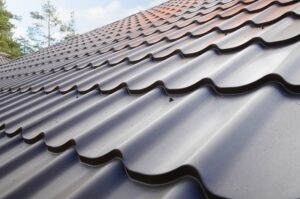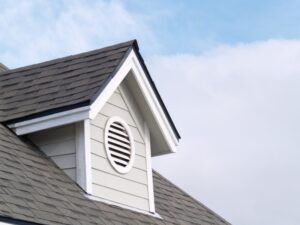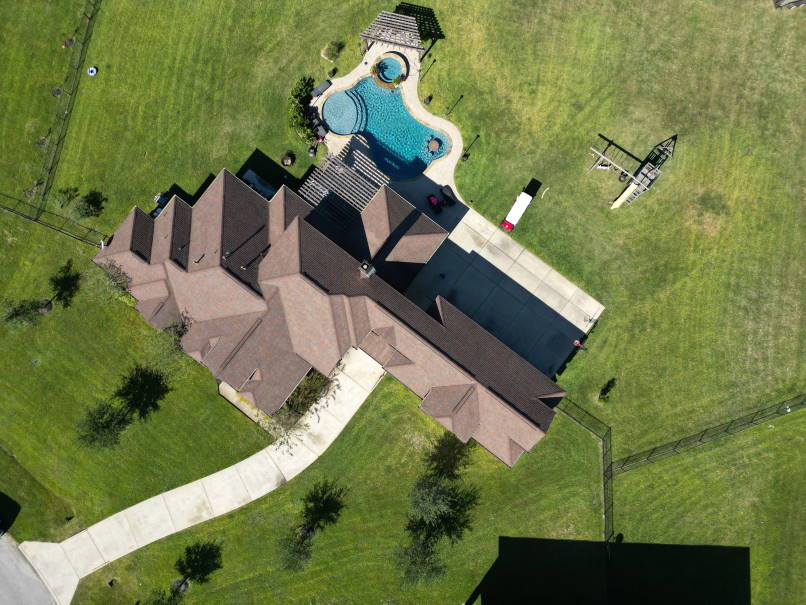Selecting the right roofing type in Richmond, TX can be tricky. There are many factors you have to consider, because the new roof isn’t just shading over your head. The roof has to protect against specific weather conditions, have a long lifespan, good energy efficiency, and a pleasing look. There’s also the cost to consider as well.
There are more options for roofing materials now than ever before, so in order to make the best decision, we recommend you talk to our professionals. We can assess your needs and guide you through the steps necessary to locating the ideal new roof for your home. You can trust our expertise and skill—we’re redefining the roof-buying process.
Below is a primer on finding the right roofing materials.



